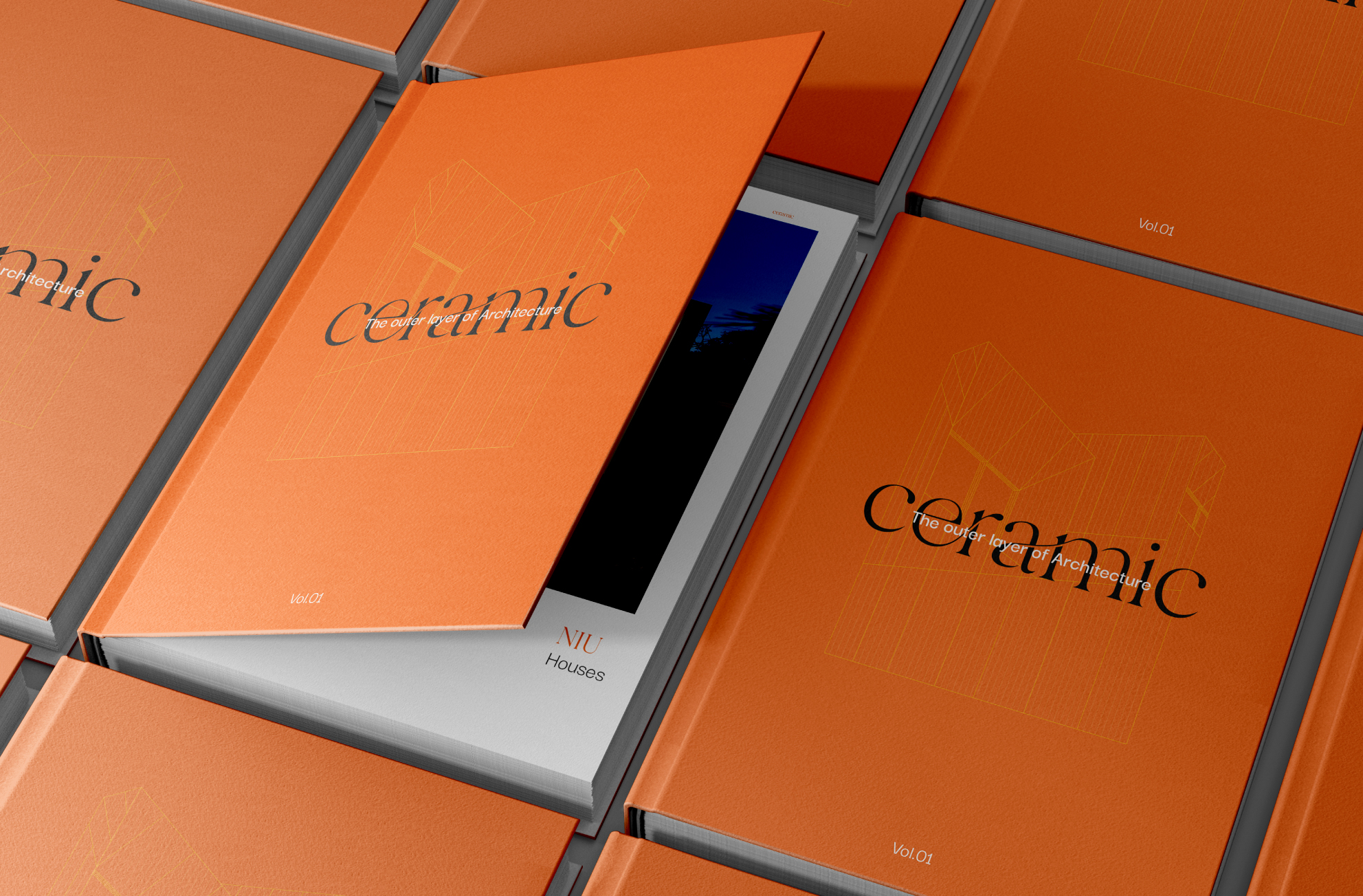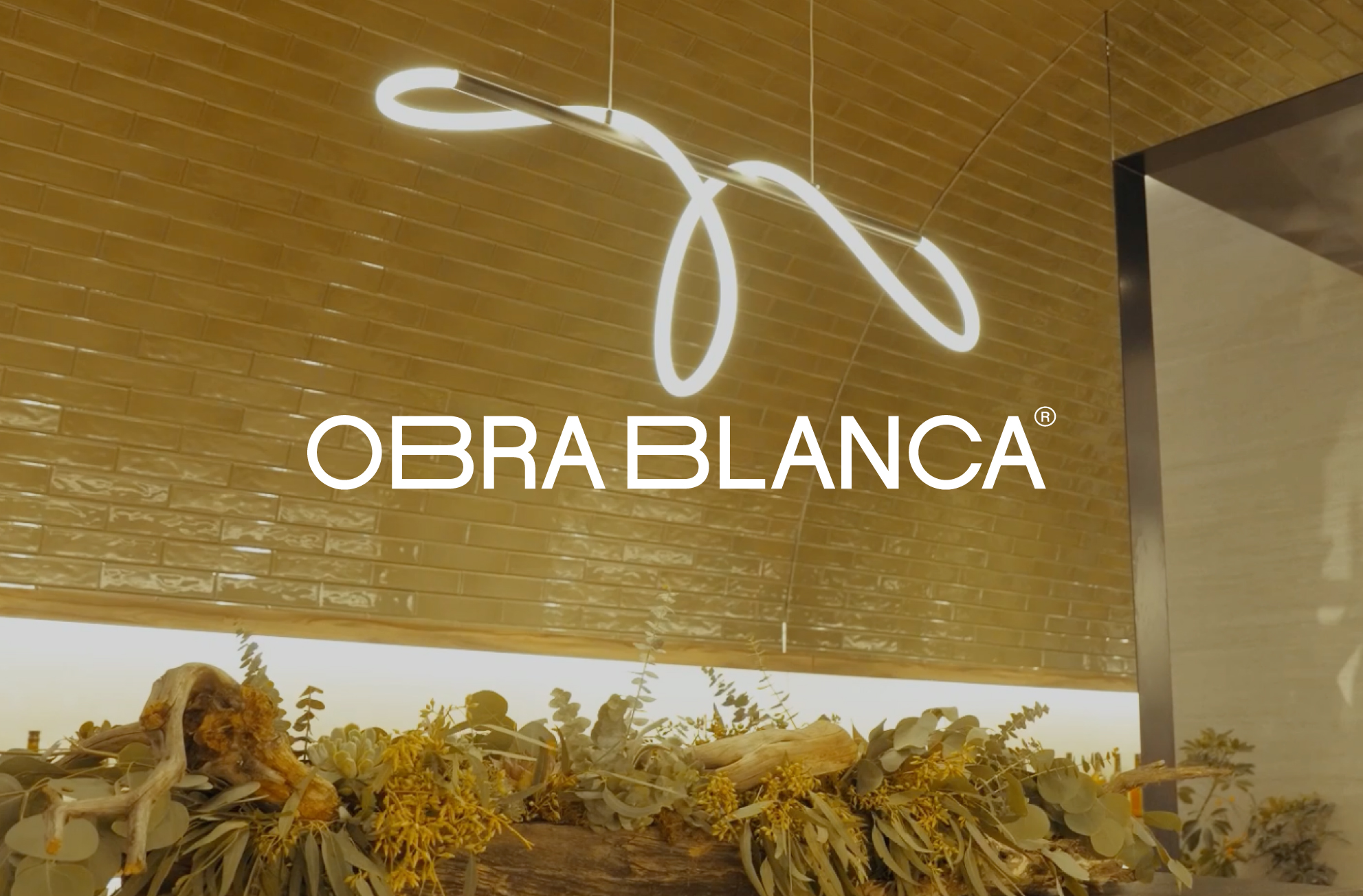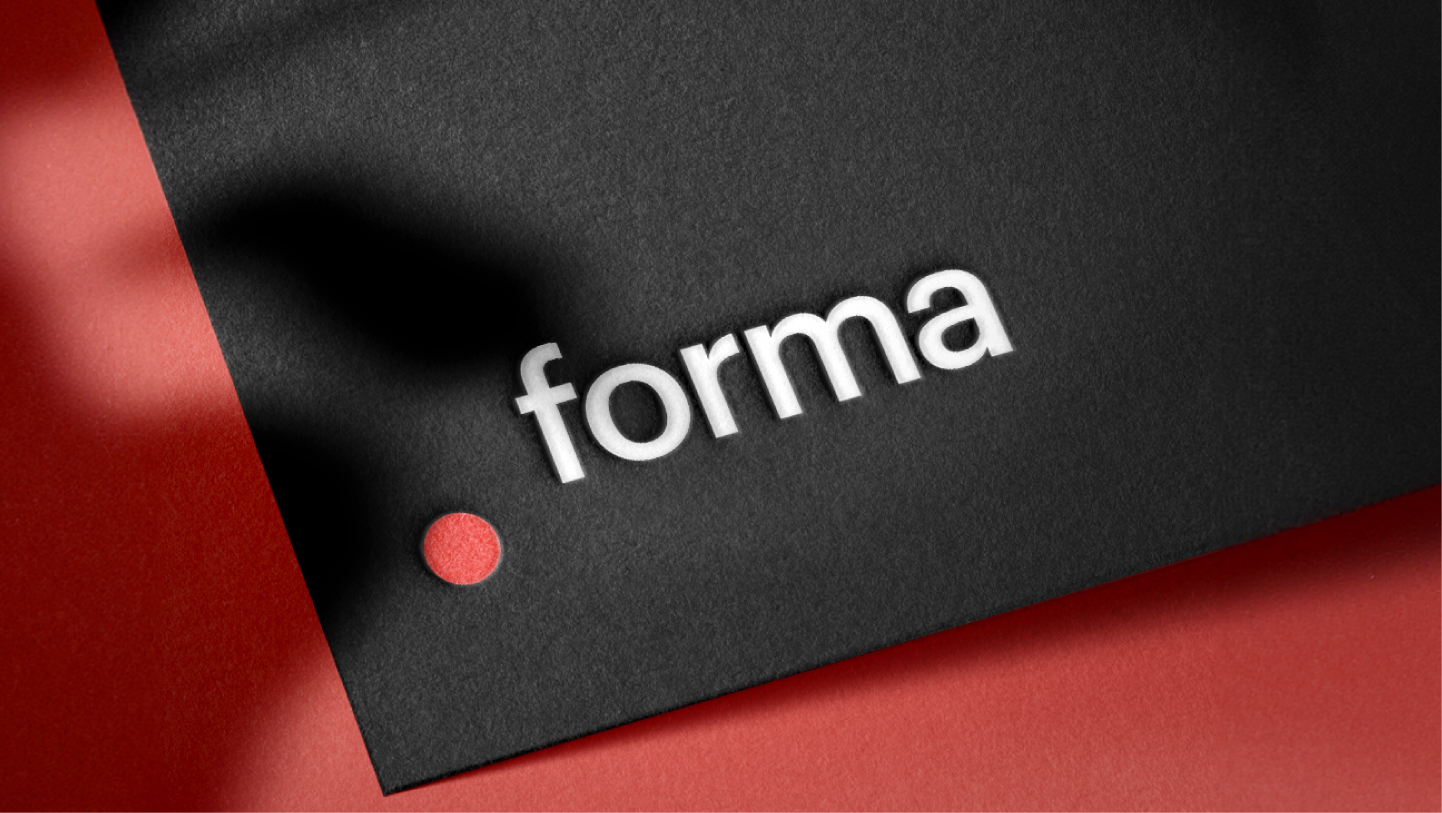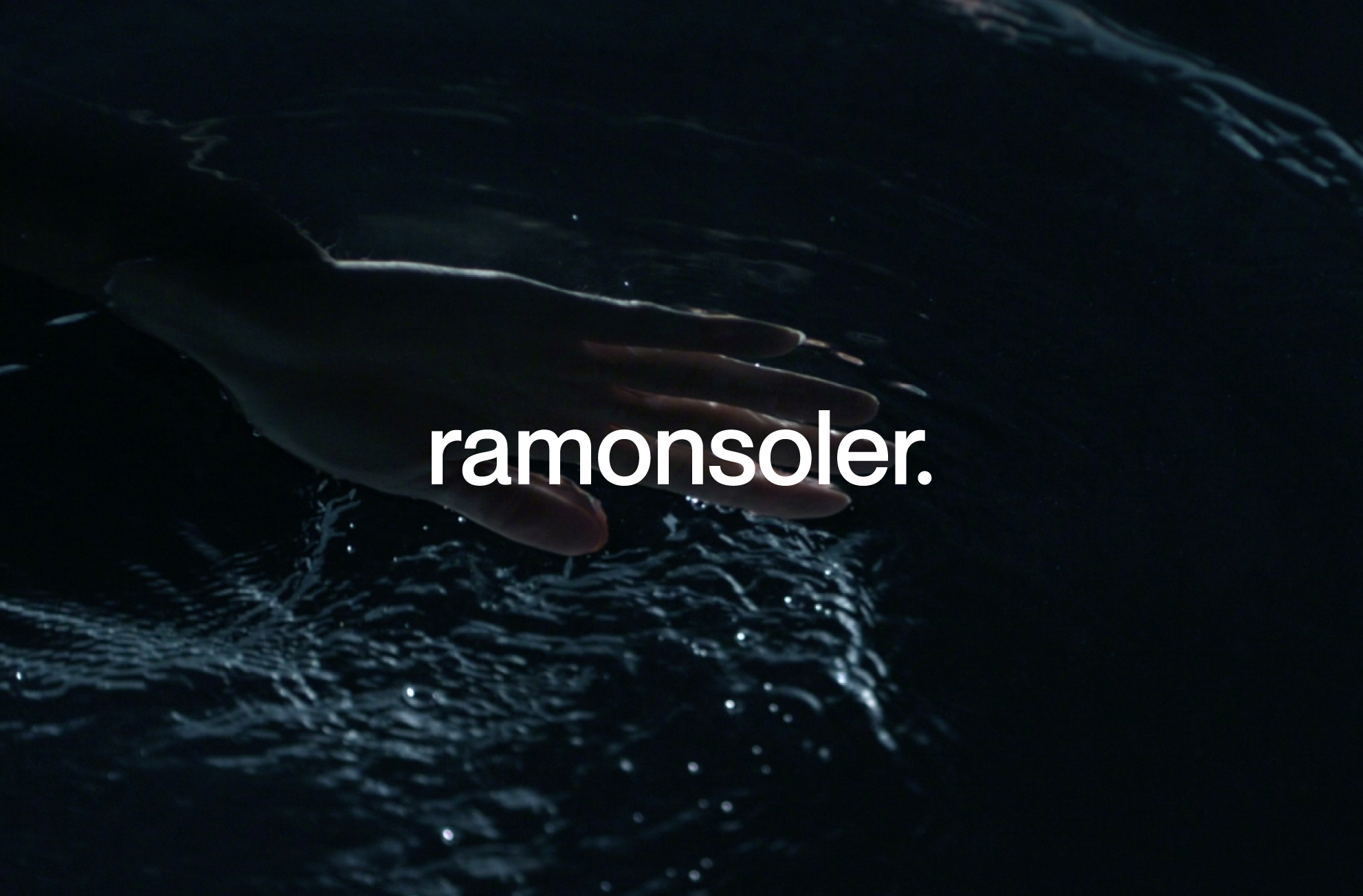Leading brands in
the architecture and
interior design industry
the architecture and
interior design industry
Become dominant through strategic branding and design culture. We are the partner beside the world’s premier brands in the niche:

Empowering the industry through the
transformational power of branding.
Our brands thrive with Impact, Reach, and Revenue driven by our two primary pillars: Design Culture and Targeted Strategies.
Our brands thrive with Impact, Reach, and Revenue driven by our two primary pillars: Design Culture and Targeted Strategies.
Design Culture
We know the power of design for businesses and people. We introduce design culture in every aspect of the companies we partner with.
Our brands are industry trendsetters.
Targeted Strategies
Strategies work when they are based on the current state of the industry.
We stay connected with our audience’s preferences, identify industry opportunities, and guide our brands to secure a leading position in their respective niches.
Let our
work speak
about us
The
Discovery
Journey
A transformative 3-day consulting journey where businesses discover a clear path to unlock endless possibilities for their brands.
X































